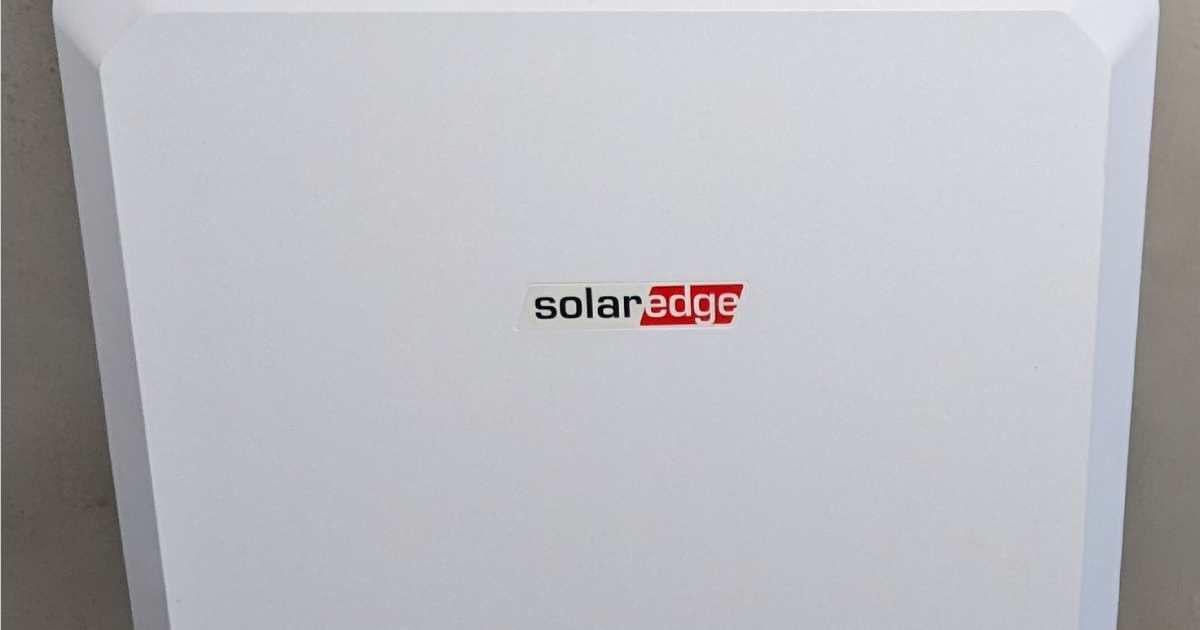
Has the world gone battery mad?
At Jonstar we receive a lot of solar enquiries on a weekly basis from both domestic and residential clients. As our followers will be aware we tend towards the commercial side of the market as we hold large amounts of insurance cover, three ISO accreditations and various Safe Schemes in Procurement accreditations.
However, when we are approached by any client we do always try and help them and give some guidance to aid them in navigating through the solar minefield that they are looking into. Now before we go into what to watch out for, we would like to emphasise batteries in principle do work. They can take excess solar that would go to grid and store it for use when the sun starts to go down for one. Secondly, there are options for domestic customers to use low-rate night tariffs in the winter (when there is no spare solar) to charge their battery to then use in the day during their peak tariff rates. The only question is does it make financial sense? The amount of excess solar and the difference between the day and night rate needs to save you enough p/kWh to have your battery paid off before 10 years as that is typically when the warranty runs out and batteries, being Lithium Ion, will start to fall off a cliff.
We typically get asked for a battery on almost every installation and a lot of companies out there are more than happy to sell into that desire regardless of whether it is ethical, making financial sense or not. Whenever a battery is looked at it must be sized based on the sites consumption figures and coupled with the forecast solar excess that would have gone to grid. There are a few “tricks of the trade” or miss-selling as it is generally known that we typically come across.
“The solar pv system won’t work without a battery” – We saw this tactic used on a battery sale when even in the presentation the battery was saving the client £15 a year and costing £5,500 installed.
Inflated solar only quotes – We’ve seen two versions of these:
- Put the electricity increments up (the rate electricity prices are forecast to go up) higher on the battery and solar quote than the solar only quote. The example we saw was an £80,000 battery for a hospital that had the battery and solar at 9% increments and the solar only at 6%. Once we put the electricity increments the same it was clear that there wasn’t anything spare to go into the battery and the savings of course were identical. The battery would have sat there and done nothing.
- Inflate the cost of the solar only quote to make the battery look exceptionally good value for money. The example we saw had the solar only quote at £10,000 and the solar and battery at £12,000, you’d be lucky to buy a 5kWh battery kit for £2,000 let alone get it installed for that money.
The final “trick” is not to bother with figures at all and just offer the client a battery without any savings figure and let them decide. This is of course against the code of conduct as the battery benefit should always be presented to the client.
For commercial installations we are always asked for a return-on-investment figure, which can be tricky especially for a new build property, as the consumption data and profile is all important to get the right amount of savings from the battery. We use the SolarEdge designer tool as this gives us the most reliable forecast figures for what might go into a battery. Many UPS (Uninterrupted Power Supply) battery suppliers won’t give these numbers as the need for the battery historically has been because the client needs to ensure that critical services aren’t interrupted by the grid losing power due to supply issues like a transformer failure.
Which brings us onto the penultimate point. A battery must be able to discharge at a high enough rate to be able to supply those critical systems. In the world of solar that poses some questions.
- When the battery is being charged off solar the input rate is typically 3 or 5kW on domestic batteries. So, if you are producing more than that in excess then there will be still some electricity going back to the grid. This would typically happen over the summer and means that it is unlikely that all the excess will be put into the battery.
- The discharge rate is also limited to 3 or 5kW this means that if a power shower is running at 10kW, for example, there is still a need to pull electricity from the grid.
- Will all the energy put into the battery be used before it starts being charged again, if not again the battery may get full and the site load might be below the solar generation, again resulting in export.
The final point is around the export tariff, Octopus is currently offering various tariffs for export of electricity into the grid but lets consider the 15p/kWh. Any saving from excess solar needs to consider the loss of that export tariff if the client is able to get on it or the regular circa 4p/kWh from most of the other suppliers.
A quick calculation:
2,000kWh in a year into the battery at 30p/kWh is a £600 saving. That means a loss of £300 from the Octopus rate of 15p/kWh for export, or £80 for those on a regular tariff.
Where the night rate and day rates will be in the next few years is also an unknown to consider along with the export tariffs, they are not guaranteed like the FiT subsidy that ended in 2019.
In summary batteries do work, they will store excess solar and they can be charged on a low rate tariff. It is how we calculate those amounts of kWh benefits from the battery and how much that equates to in pounds is key when giving a client the information to decide on whether a battery is going to benefit them or not. The good news is that battery prices are coming down so it will become a technology that will become much more beneficial in the years to come for those that want to become less reliant on the gird to supply their homes and commercial premises.



